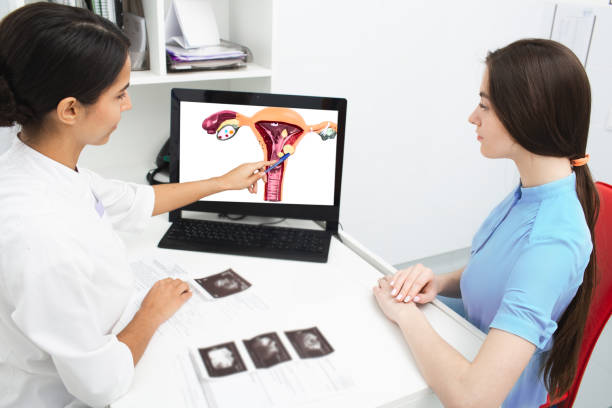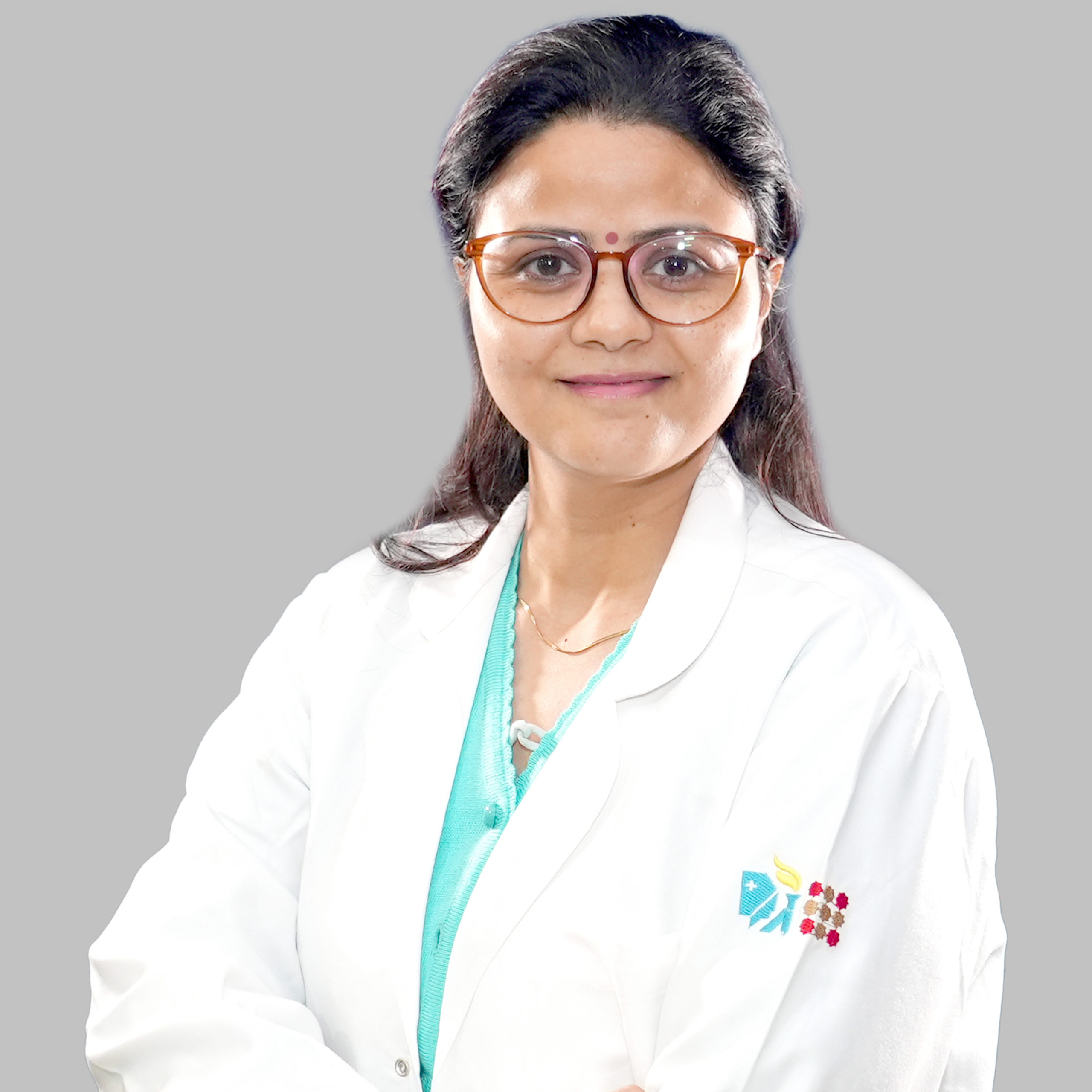Could not find what you are looking for?
- Health Library
- Kinds of Fibroids and How They Affect Fertility
Kinds of fibroids and how they affect fertility

Infertility relates to the inability to attain pregnancy due to positive clinical troubles in adult males or females. With a report of 27.5 million couples trying to conceive but struggling with infertility, there is an alarming extent of infertility issues in India for many reasons. However, before approaching them, it is indispensable to emphasize that infertility is no longer entirely a lady hassle which appears to be a famous orthodox trust but can contain each male and female, given that it takes each to conceive.
The elements accountable for infertility can be divided into medical and way of life patterns that do not complement a healthful reproductive system. All around the world, females and guys are increasingly dealing with fertility troubles due to many adjustments in their everyday surroundings and lifestyle. According to The World Population Prospects: A lookup learn about suggests that almost 1.5% extra guys have infertility than women. The sedentary way of life they follow and their addictions are the principal culprits here.
Other external elements, such as air pollution and stress, also affect semen manufacturing and quality. In addition, women with a way of life troubles like weight problems and diabetes tend to have improved possibilities of infertility. Over 40% of ladies attending infertility clinics are observed to be obese. Infections, genital Tuberculosis, polycystic ovarian syndrome (PCOS), and fibroids are difficult for women. Widespread use of emergency contraception and surgical abortions can prevent serious infections that may purpose irreversible infertility.
Let us appear at how fibroids have an effect on fertility among women.
What are Fibroids?
Fibroids are generally non-cancerous tumors that are observed in the uterus. These are made of muscle cells and fibrous tissues. The lumps can vary in size, from small seedlings that are invisible to the bare eye to considerable growth, mainly to the expansion of the uterus. It is very uncommon for females to contract cancerous fibroids. Although females can have a single or more than one fibroid, in severe cases, multiple fibroids can add weight to the stomach location and reason a lot of discomforts. In many instances, they have no symptoms; it is easier to discover them once positive assessments are taken.
Kinds Of Fibroids And How They Affect Fertility
Depending on the place, fibroids that exist are categorized into four distinct categories:
- Subserosal Fibroids: Subserosal fibroids develop on the outer facet of your uterus on the serous membrane (or serosa), which is the outer lining that all organs and inside physique cavities have. Subserosal fibroids may also develop massive ample, making your womb seem greater on one side.
- Intramural fibroids: Intramural fibroids show up in the uterus’s muscular wall (myometrium) and are the most frequent fibroid. Due to the place of intramural fibroids, they might also grow more extensively and can stretch the womb.
- Submucosal fibroids: Submucosal fibroids develop in the uterus’s myometrium below the internal lining (endometrium). They can bulge into and distort the uterine cavity. This kind of fibroid is much less frequent in contrast to the different sorts; however, the reason most signs like irregular or heavy bleeding.
- Pedunculated fibroids: Pedunculated fibroids shape when a fibroid (subserosal or submucosal) develops a stem. This item has a narrow base that helps the tumor to grow.
Untreated Uterine fibroids: the motive for concern?
Fibroids remain harmless; however, depending on the measurement and location, they can cause concern. Various signs and symptoms like heavy and extended bleeding throughout menstrual cycles can lead to anaemia, chronic ache in the pelvic region, infertility/miscarriage issues, ache in the returned and legs, the constant urge for urination, etc. These signs can lead to colossal aches and pain if left untreated, so it is encouraged to go to your physician and check the trouble.
Diagnosing and Treating Infertility
Your Gynaecologist may additionally propose you take several exams to diagnose the precise difficulty. Women might also have to bear a conventional bodily and everyday gynecological exam; some widespread tests to verify the prognosis of fibroid include-
- Ultrasound – It is the most often used approach for the detection of fibroids. It uses sound waves of much greater frequencies(than what we can hear) to generate an image. Here the ultrasound probe, both trans belly (over the abdomen) or trans vaginal (inside the vagina), is used to scan and create a picture of the uterus and ovaries, which is displayed on the monitor and therefore can select something bizarre. Ultrasound is quick, easy, and generally accurate.
- MRI– This takes a look at making use of magnets and radio waves to produce images. MRI offers us precise information about the fibroids’ dimensions, quantity, and vicinity. We can also distinguish between fibroids and adenomyosis, which often get misdiagnosed.
- Hysterosalpingogram(HSG)- For this, look at the physician’s location of a catheter in the uterus, then a dye is injected slowly for distinction, and then X-ray pictures are taken. By this, we can test the inside of the uterine cavity and the patency of fallopian tubes and become aware of any abnormality of these.
Treatment Options
Not all fibroids want to remedy; after the applicable investigations, your gynaecologist will recommend which cases the surgical operation is required. In some cases, surgical treatment will be necessary, like in cases of giant fibroids, those distorting cavities, extreme signs, etc, to restore fertility through Hysteroscopy and Laparoscopy.
After the correction of the hassle couple can be suggested for attempting to conceive both naturally or with the help of different handy methods ( IUI / IVF) relying on the various current comorbidities like ovulation issues, hassle in the male partner, superior age, etc.
Intrauterine insemination (IUI) is a process in which healthy sperm is positioned in the uterus when the ovaries launch eggs for fertilization. Assisted reproductive science (ART) like In vitro fertilization (IVF), is also a shape of therapy involving the fertilization of eggs in the lab, and the embryos shaped are transferred in the uterus. All the above treatments are secure and have helped many couples conceive over time. However, following the doctor’s advice is encouraged to avoid complications while going through any of the above-stated cures.









